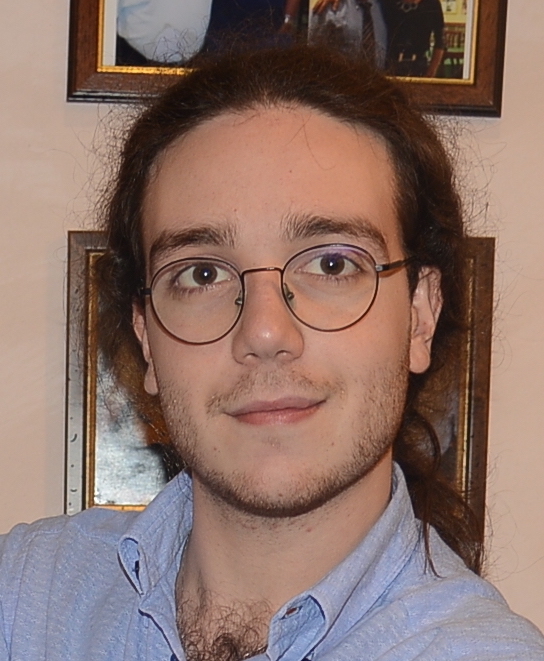Searching for Primordial Black Holes with the Einstein Telescope: impact of design and systematics
Published:
Summary
We analyze in detail the impact of different designs for the Einstein Telescope on our future capability of observing key quantities characterizing primordial black hole mergers, that would allow us to disentangle them from astrophysical objects. We also perform a population analysis with an “optimistic” population. Overall we find that ET alone can reach an exquisite level of accuracy and observe up to tens of thousands of PBH binaries per year.
Contribution
My contribution can be considered as first author. I had a major role in the development and writing of the paper, and I also produced many of the reported results.
Abstract
Primordial black holes (PBHs) have recently attracted much attention, as they may explain some of the LIGO/Virgo/KAGRA observations and significantly contribute to the dark matter in our Universe. The next generation of gravitational wave detectors will have the unique opportunity to set stringent bounds on this putative population of objects. Focusing on the Einstein Telescope (ET), in this paper we analyze in detail the impact of systematics and different detector designs on our future capability of observing key quantities that would allow us to discover and/or constrain a population of PBH mergers. We also perform a population analysis, with a mass and redshift distribution compatible with the current observational bounds. Our results indicate that ET alone can reach an exquisite level of accuracy on the key observables considered as well as detect up to tens of thousands of PBH binaries per year (for an optimistic PBH population that saturates current upper bounds on the abundance), but for some key signatures — in particular, high-redshift sources — the cryogenic instrument optimized for low frequencies turns out to be crucial, for both the number of observations and the error on the parameter reconstruction. As far as the detector geometry is concerned, we find that a network consisting of two separated L-shaped interferometers of 15 (20) km arm length, oriented at 45° with respect to each other, performs better than a single triangular-shaped instrument of 10 (15) km arm length, for all the metrics considered.
Links
arXiv: 2304.03160 [gr-qc]
Publisher DOI: 10.1103/PhysRevD.108.043506
